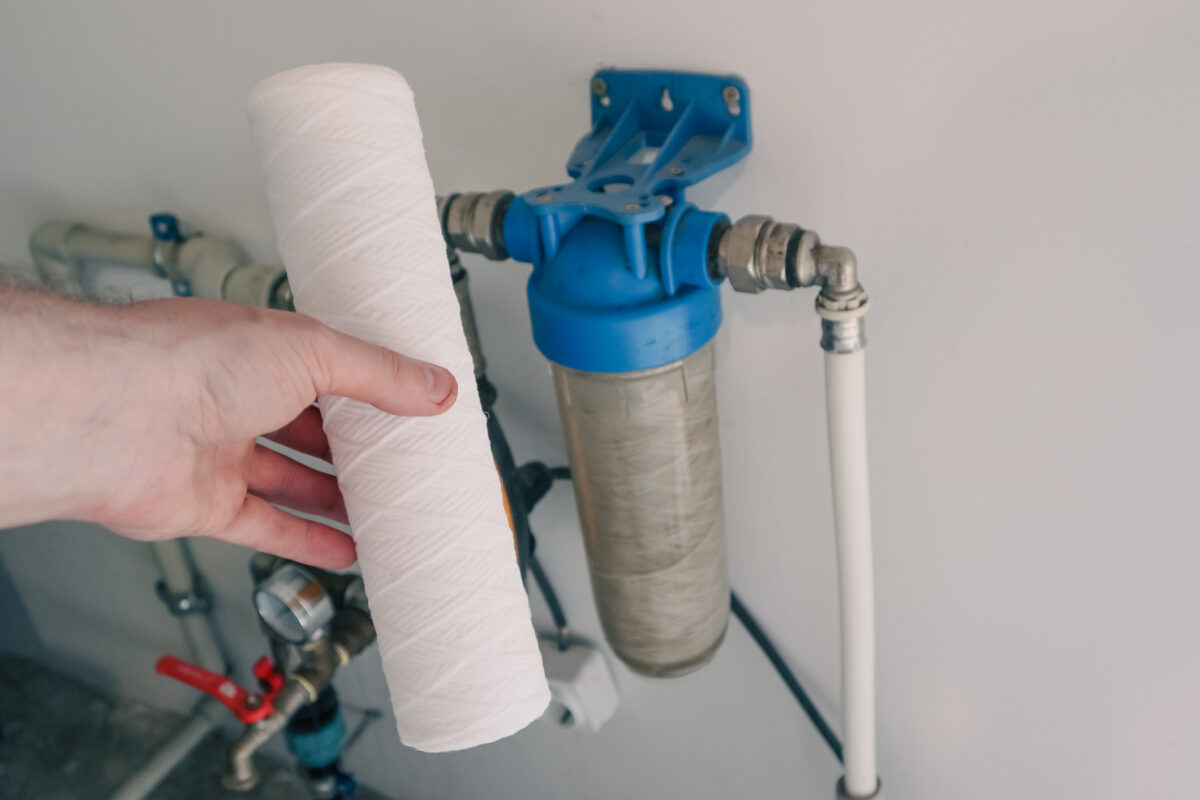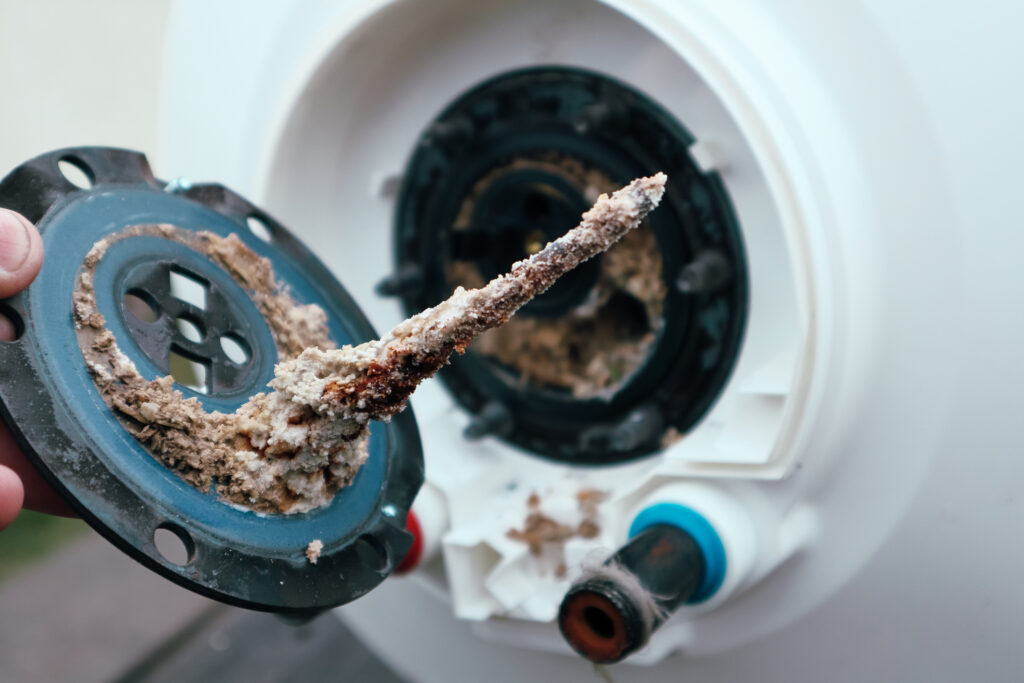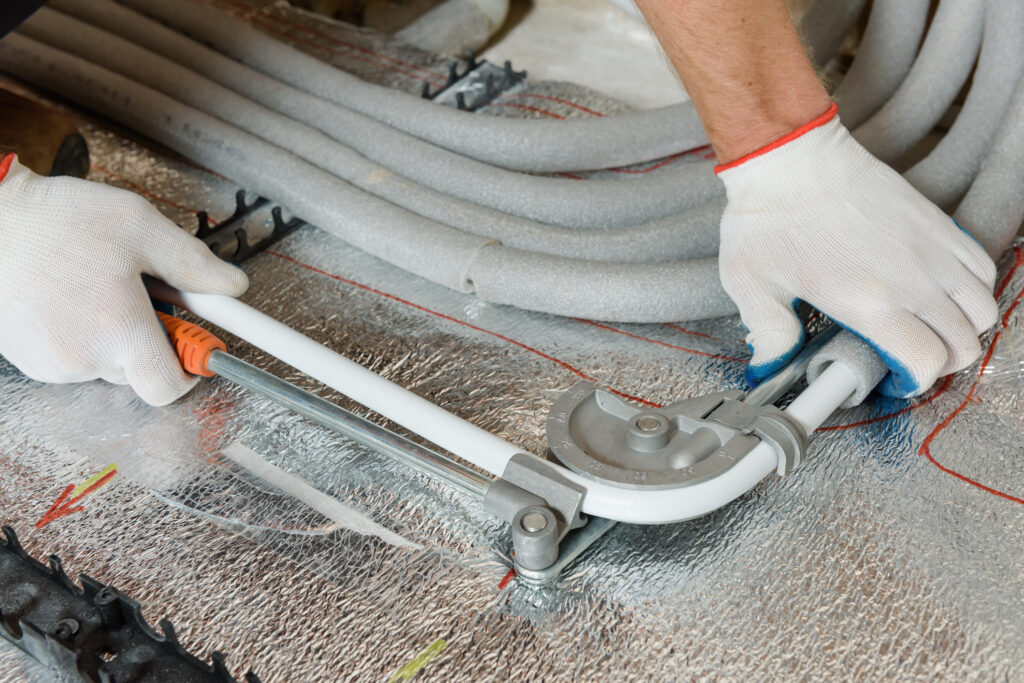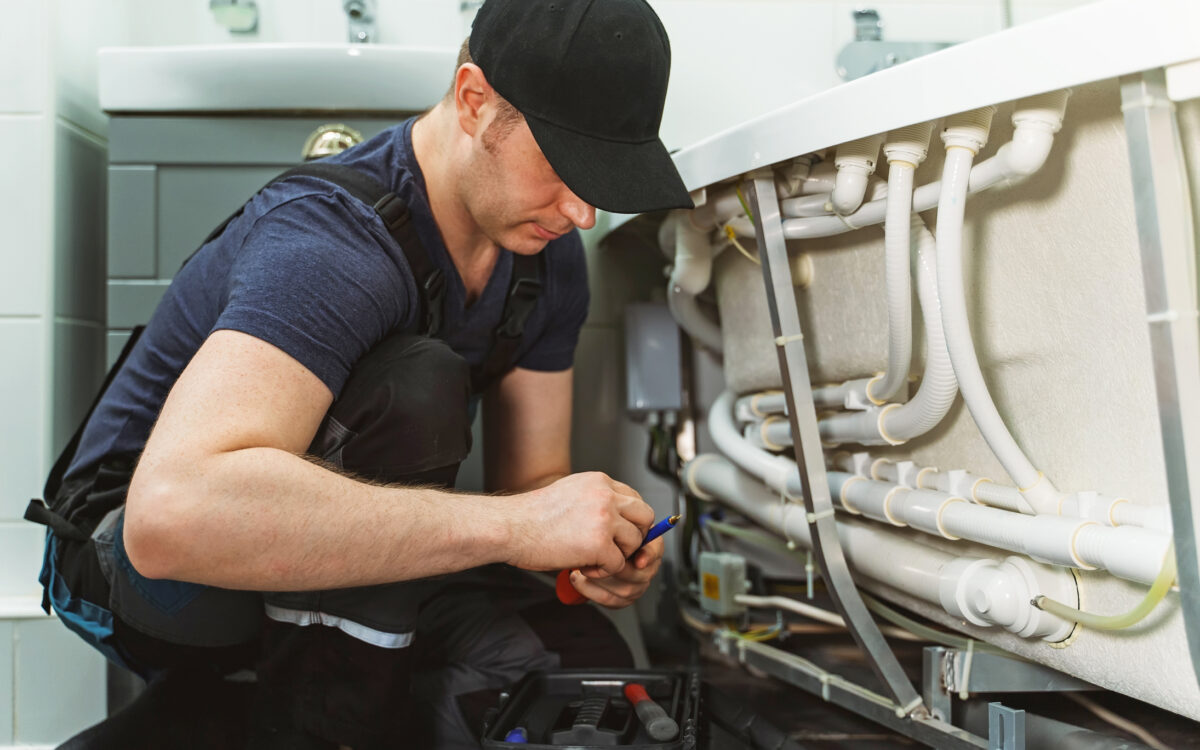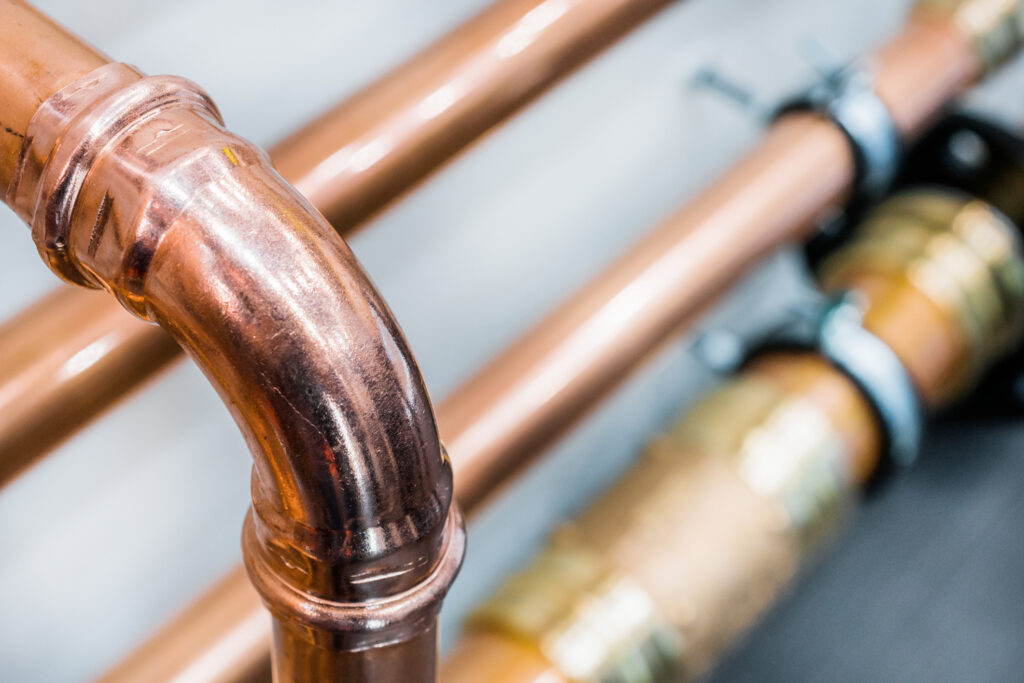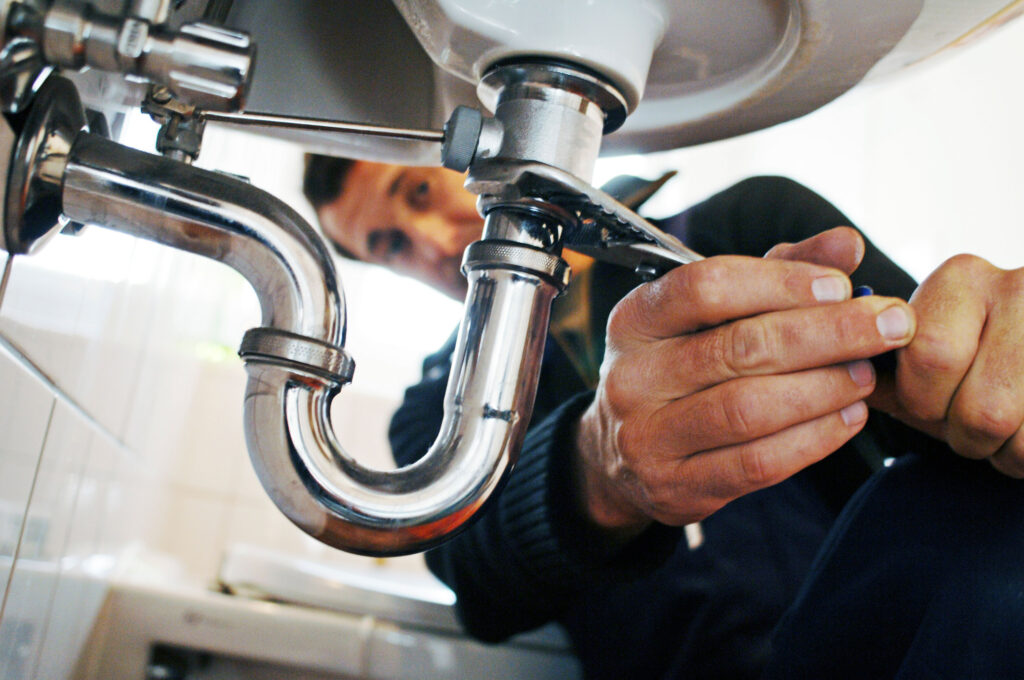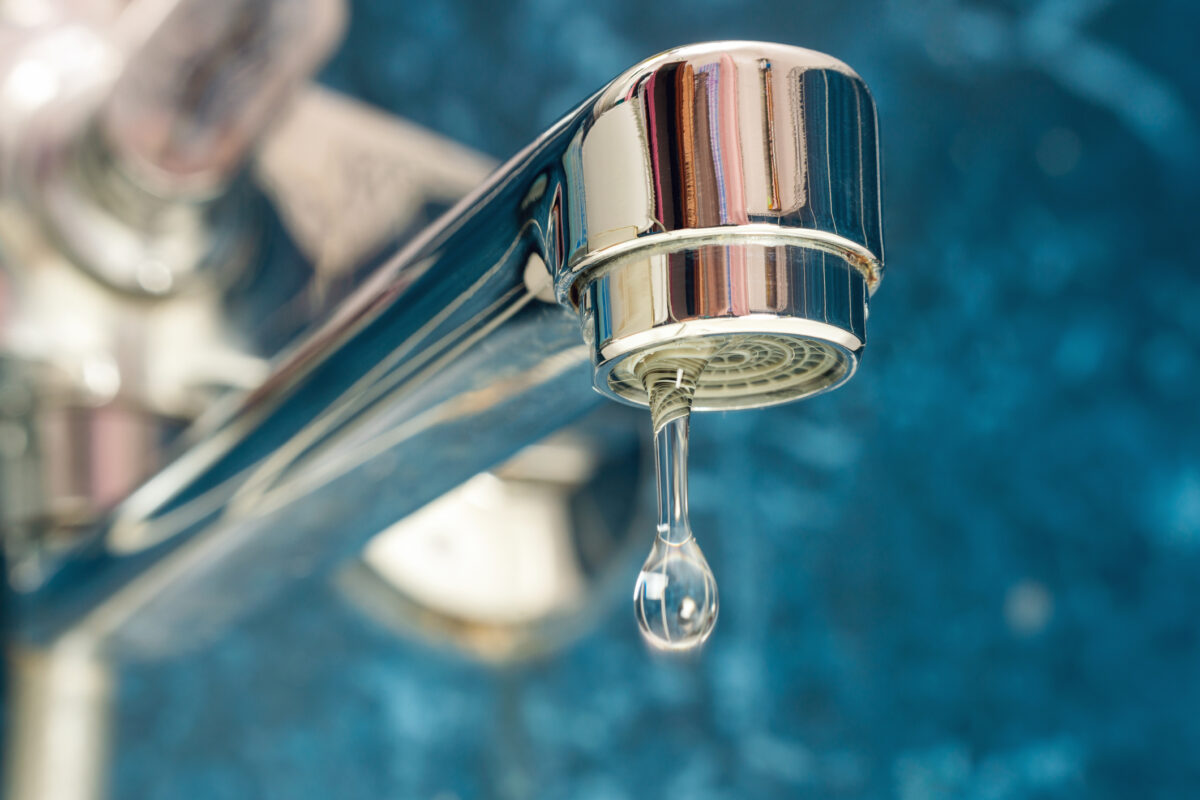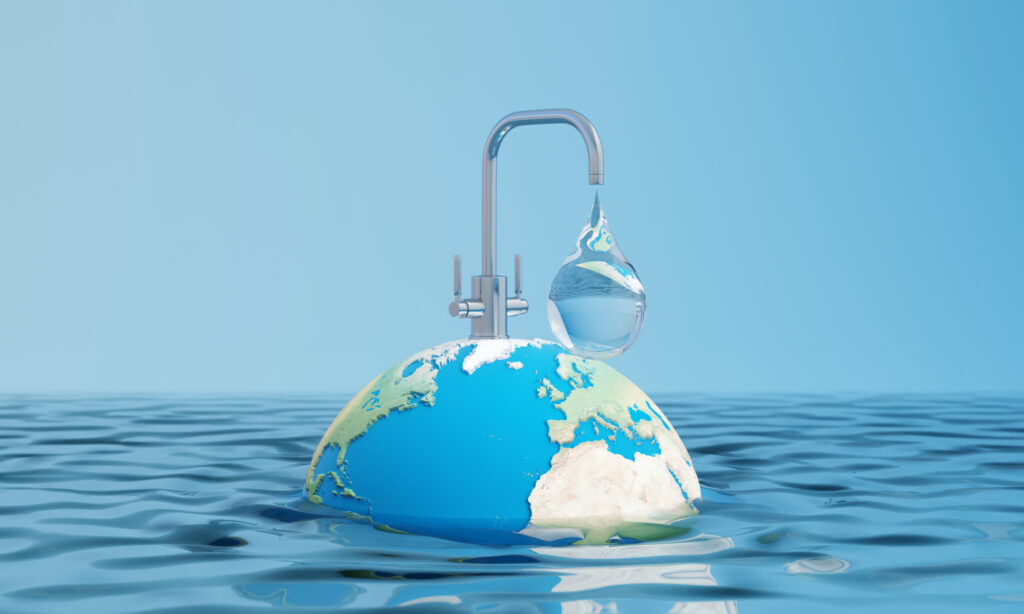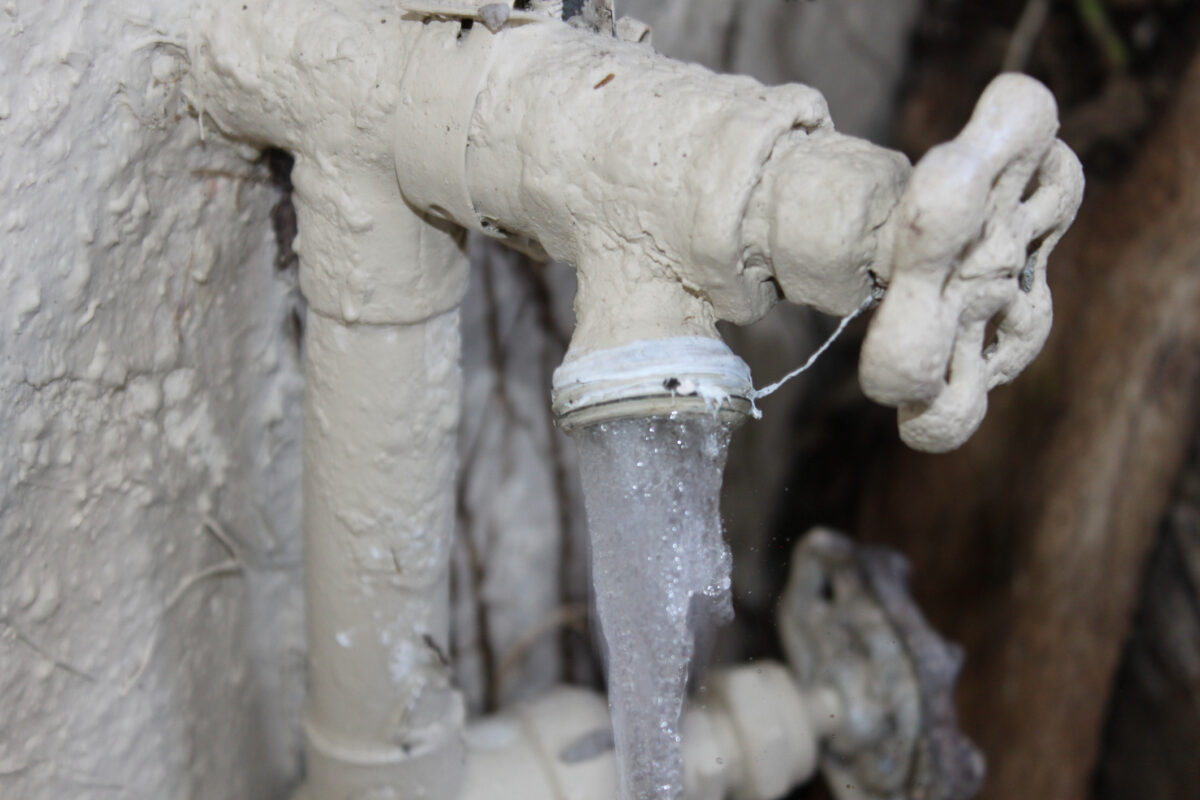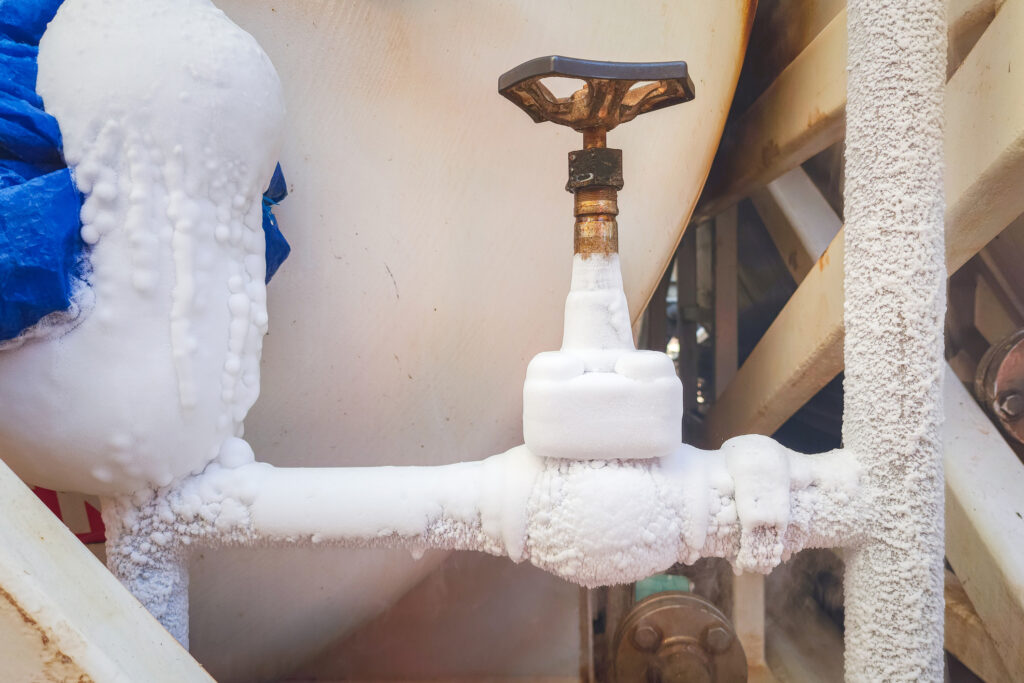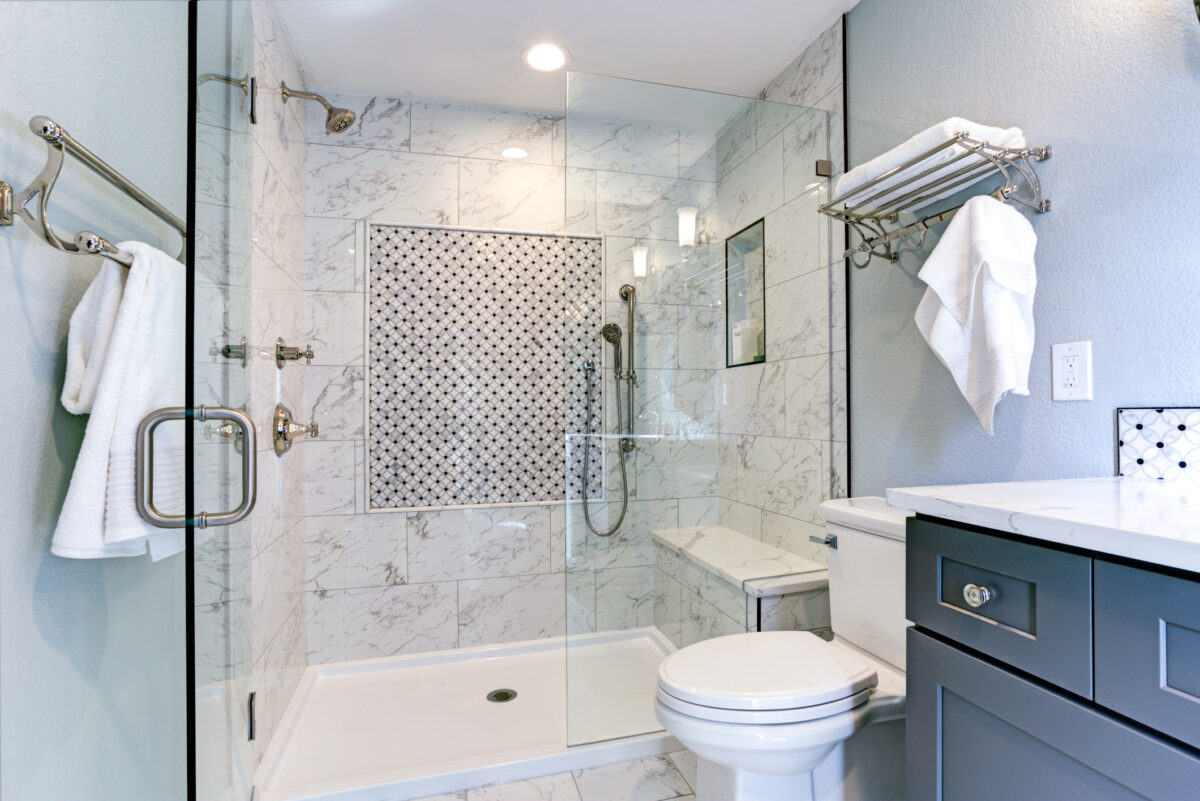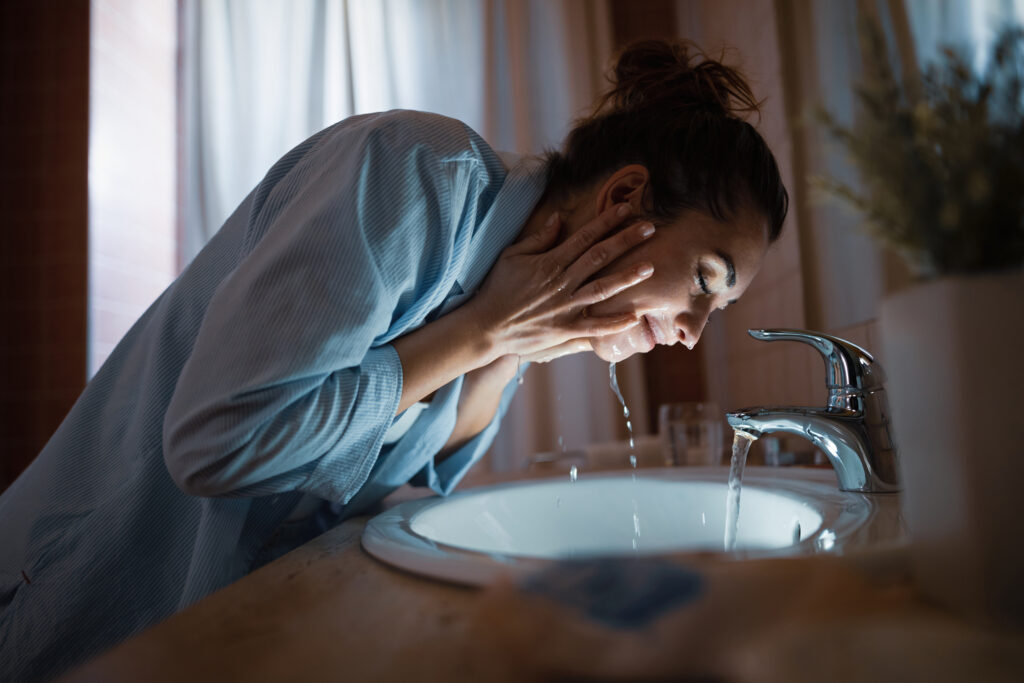The Role of Plumbing in Humidity Control
Did you know your plumbing system plays a big role in controlling the humidity in your home? That’s right! It’s not just about pipes, water, and drains—your system can directly affect how moist or dry the air feels inside your house. Whether it’s fixing a small leak or ensuring proper ventilation in bathrooms, a well-maintained system helps maintain a balanced indoor environment.
Humidity isn’t just about comfort; it affects your home’s air quality, your health, and even the structural integrity of your house. If you live in areas like Burlington, KY, Florence, KY, or Hebron, KY, where the weather changes frequently, understanding how these systems and humidity work together is even more important.
Understanding the Connection Between Plumbing and Humidity
What Is Humidity?
Humidity refers to the amount of water vapor present in the air, and in homes, it plays a key role in overall comfort and air quality. Ideally, indoor humidity levels should stay between 30% and 50%, providing a balance that feels neither too dry nor too damp.
When humidity levels rise above this range, it can lead to problems like mold growth, warped wood, and even health issues like respiratory discomfort. Proper humidity management is essential for creating a safe and pleasant living environment, especially in regions like Burlington, KY, where weather conditions can vary widely.
How Plumbing Affects Humidity
Plumbing systems directly impact the moisture levels in your home, often in ways you might not notice right away. A leaky pipe, for instance, constantly introduces water into your living space, which can evaporate into the air and increase indoor humidity.
Clogged or improperly designed drainage systems can also allow water to stagnate, creating a humid atmosphere that invites mold and mildew.
Even common household appliances like washing machines and dishwashers can contribute to excess moisture if they aren’t properly vented or maintained, making plumbing a key factor in managing your home’s humidity levels.
Why Humidity Control Matters
Managing indoor humidity isn’t just about comfort; it’s also vital for maintaining the integrity of your home and protecting your health. High humidity levels can damage walls, floors, and furniture by promoting the growth of mold and causing materials like wood to warp or rot over time.
Additionally, excess moisture in the air can lead to respiratory problems, worsen allergies, and create an overall unhealthy living environment. Keeping plumbing systems in check helps maintain balanced humidity, ensuring your home remains a safe and pleasant place for your family.
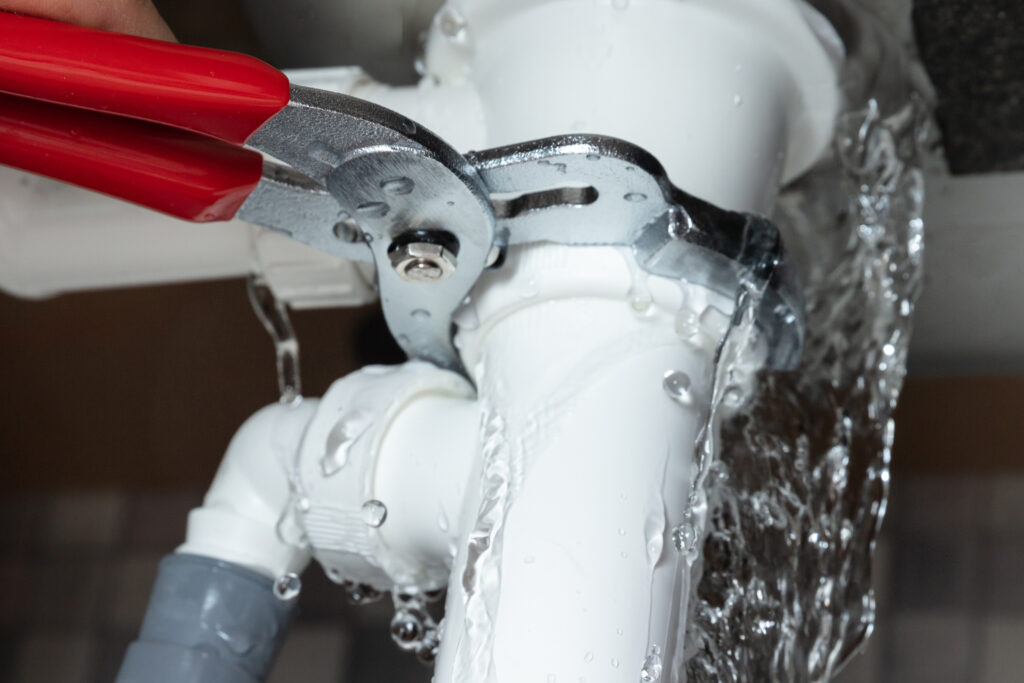
Photo from iStock – Credit: AndreyPopov
Common Plumbing Issues That Increase Humidity
Leaky Pipes
Leaky pipes are one of the most common culprits behind increased humidity in homes. Even a small, unnoticed leak can release enough water to elevate indoor moisture levels over time.
The continuous presence of water not only creates a damp environment but also promotes the growth of mold and mildew in areas like under sinks or behind walls. Addressing leaks promptly helps prevent these issues while keeping your home’s humidity in check.
Poor Ventilation in Bathrooms
Bathrooms are naturally humid spaces due to daily showers and baths, and poor ventilation makes this problem worse. Without a proper exhaust system or an open window, steam from hot water lingers in the air and spreads throughout the home.
Over time, this trapped moisture can lead to peeling paint, warped wood, and even mildew on bathroom surfaces. Installing or maintaining bathroom ventilation is essential to keep humidity from becoming a widespread issue.
Faulty Drainage Systems
Faulty or inefficient drainage systems can contribute to humidity by allowing water to collect and stagnate in basements, yards, or other low-lying areas. Standing water eventually evaporates, increasing indoor humidity and creating the perfect environment for mold growth.
Regular inspection and maintenance of drainage systems ensure that water flows away from your home effectively, preventing excess moisture from impacting your living space.
Improper Appliance Use
Everyday appliances like dishwashers, washing machines, and even refrigerators can add unnecessary moisture to your home if not properly used or maintained.
A dishwasher without proper venting releases steam into the kitchen, while a malfunctioning washing machine can create damp conditions in the laundry room. Ensuring these appliances are correctly installed and serviced regularly reduces their impact on your home’s overall humidity levels.
The Role of Plumbing in Reducing Humidity
Efficient Drainage Systems
Proper drainage systems play a crucial role in controlling indoor humidity by ensuring water is effectively removed from your home. A well-designed system prevents water from pooling in areas like basements or yards, reducing the risk of evaporation and moisture buildup.
Regular maintenance, such as clearing blockages or repairing damaged pipes, helps keep the system working smoothly. Efficient drainage is especially important in areas prone to heavy rain, such as Burlington, KY, to keep your home dry and comfortable.
Installing Dehumidifiers in Problem Areas
In spaces with persistent humidity, plumbing-connected dehumidifiers can be a game-changer. These devices draw excess moisture from the air and help maintain a balanced humidity level, especially in basements or laundry rooms.
A dehumidifier connected to your plumbing system automatically disposes of collected water, making it a low-maintenance solution. This setup is particularly helpful in areas like Hebron, KY, where seasonal weather changes can cause fluctuating humidity levels.
Venting Plumbing Fixtures
Proper venting of plumbing fixtures ensures that excess moisture does not accumulate indoors. Fixtures such as sinks, toilets, and washing machines rely on ventilation to release water vapor outside rather than trapping it in your home.
Venting also prevents negative air pressure that can cause plumbing issues and contribute to dampness. Keeping plumbing fixtures properly vented not only helps manage humidity but also improves the overall efficiency of your system.
Tips for Using Plumbing to Maintain Ideal Humidity Levels
Fix Leaks Promptly
Addressing leaks as soon as they’re noticed is one of the easiest and most effective ways to manage humidity in your home. A dripping faucet or a hidden pipe leak can introduce a surprising amount of moisture into the air over time.
Regularly inspecting plumbing fixtures, including pipes, faucets, and even under sinks, can help you catch these issues early. In places like Florence, KY, where humidity can fluctuate, prompt leak repairs can prevent more serious moisture problems down the road.
Install Exhaust Fans
Exhaust fans in key areas such as bathrooms and kitchens are essential for removing moisture-laden air. Hot showers and boiling water release steam that can quickly increase humidity if not vented outside.
Installing fans and ensuring they’re in good working order helps to direct moisture out of the home. This small addition to your plumbing system can make a significant difference in maintaining a comfortable and dry indoor environment.
Use a Sump Pump
A sump pump is a valuable tool for keeping basements dry and preventing excess moisture from seeping into your home. These pumps remove water that accumulates in your basement’s sump basin, especially after heavy rains or snowmelt.
In areas like Burlington, KY, where wet weather can be a challenge, a reliable sump pump protects your home from rising humidity caused by standing water. Regular maintenance ensures the pump operates effectively when you need it most.
Insulate Pipes
Insulating pipes helps prevent condensation, which can contribute to elevated humidity levels, especially in enclosed spaces. When cold water flows through pipes in warmer environments, condensation can form on the outside, dripping onto surrounding surfaces.
Pipe insulation reduces this effect, keeping areas like basements and crawl spaces dry. This simple step not only protects your plumbing but also keeps your home’s humidity in balance.
How High Humidity Affects Your Plumbing System
Accelerated Pipe Corrosion
High humidity creates a moist environment that can speed up the corrosion of metal pipes and plumbing fixtures. When condensation forms on exposed pipes, the constant moisture can weaken the material over time, leading to leaks or bursts.
Corroded pipes not only disrupt your plumbing system but also require expensive repairs or replacements. Proper insulation and ventilation help protect pipes from excessive moisture, especially in areas with naturally high humidity, like Florence, KY.
Increased Risk of Mold Growth
Humid conditions around plumbing systems, especially in hidden spaces like under sinks or behind walls, create the perfect breeding ground for mold. Mold thrives in damp environments and can spread quickly, damaging your home’s structure and affecting indoor air quality.
Areas with poor drainage or unaddressed leaks are particularly vulnerable to mold growth, making regular plumbing maintenance essential to prevent this problem.
Reduced Efficiency of Fixtures
When humidity is high, appliances like water heaters and dishwashers may not perform as efficiently as they should. The additional moisture in the air can cause rust, mineral buildup, or even malfunctioning parts, shortening the lifespan of these fixtures.
Maintaining a balanced humidity level ensures that plumbing fixtures and appliances function optimally, saving you money on repairs and replacements in the long run.
Plumbing Solutions for Low Humidity Environments
Preventing Over-Drying
While high humidity is often a concern, low humidity can be just as problematic, causing dry skin, cracked furniture, and even respiratory issues. Using humidifiers that are connected to your water system can help restore moisture levels to a comfortable range.
These systems work seamlessly, adding the right amount of moisture without requiring constant refills. Homes in areas like Hebron, KY, where winters can lead to very dry air, benefit greatly from this type of setup.
Avoid Overuse of Ventilation
Ventilation systems are vital for controlling excess moisture, but overusing them can strip too much humidity from the air. Exhaust fans and other systems should be used judiciously to maintain a balance that keeps the air from becoming overly dry.
Striking this balance ensures that your home remains comfortable and prevents problems like shrinking wood or brittle paint.
Regular Maintenance
Keeping your system in good working order is essential for maintaining a healthy environment. Regularly checking pipes, fixtures, and drains for any signs of wear or damage helps prevent issues that could impact moisture levels.
Ensuring vents, seals, and appliances are functioning correctly can make a big difference in controlling the air quality and moisture in your home.
The Benefits of Maintenance for Humidity Control
Improved Air Quality
Maintaining the right moisture levels in your home is key to better air quality. Balanced humidity prevents mold, mildew, and dust mites from thriving, which significantly reduces allergens and irritants in the air.
This creates a healthier environment for your family, especially in areas with variable weather like Burlington, KY. Consistent upkeep, such as addressing leaks or ensuring proper ventilation, helps maintain cleaner, fresher air inside your home.
Enhanced Comfort
When humidity is balanced, your home feels more comfortable year-round. High levels of moisture can make a space feel sticky and stuffy, while air that’s too dry can cause discomfort and static electricity.
Proper system upkeep, including inspecting drainage and addressing potential problem areas, keeps moisture levels steady. This ensures your home remains a pleasant space, no matter the season.
Protecting Your Home
Excessive moisture can lead to structural damage, including warped wood, peeling paint, and compromised insulation. On the other hand, low humidity can dry out materials, causing cracks and wear.
Regularly checking and maintaining your system prevents these issues from escalating, preserving the integrity of your home. Whether it’s repairing a small leak or upgrading ventilation, proactive care goes a long way in protecting your investment.
When to Call a Professional
Persistent Leaks or Standing Water
If you notice ongoing leaks or areas in your home where water consistently pools, it’s time to bring in a professional. Persistent moisture often points to underlying issues that can raise indoor humidity and lead to mold growth or structural damage.
A professional can identify hidden problems, such as pipe corrosion or faulty drainage, and provide solutions to prevent long-term damage.
Mold or Mildew Growth
Mold and mildew are clear signs of excessive moisture that may result from hidden water sources. When mold appears around sinks, behind walls, or near appliances, it indicates the need for expert intervention.
A professional can address both the moisture source and the damage caused, ensuring your home remains safe and healthy. In places like Florence, KY, where humidity can fluctuate, quick action is essential to prevent further spread.
Poor Drainage or Ventilation
Water pooling near your home or rooms that feel stuffy and damp often signals poor drainage or ventilation. These problems can increase indoor moisture levels and compromise air quality.
Professionals have the tools and expertise to assess and improve your systems, ensuring they efficiently direct water away from your home and maintain proper airflow indoors.
Persistent Humidity Problems
If you’ve tried to manage moisture levels but still face ongoing issues, professional help is your best option.
Experts can evaluate your entire system, identify problem areas, and recommend solutions tailored to your home’s specific needs. Addressing these issues early ensures a healthier, more comfortable environment for your family.
Take Control of Your Home’s Comfort Today!
Don’t let plumbing issues disrupt your comfort—Halpin Plumbing is here to help! Serving Burlington, KY, Florence, KY, and Hebron, KY, our team is ready to tackle leaks, drainage problems, and more to keep your home healthy and balanced.
Contact us now for reliable, expert service and ensure your home stays comfortable year-round. Let’s make your space the best it can be!

Photo from iStock – Credit: LumerB
Frequently Asked Questions (FAQ)
Can leaks significantly impact indoor humidity?
Yes, even small leaks can raise indoor humidity levels over time. Water from leaks evaporates into the air, adding moisture and creating the perfect conditions for mold and mildew to grow. Fixing leaks promptly is essential to keeping your home’s moisture levels balanced.
What’s the best solution for high-humidity areas in my home?
A combination of proper ventilation, dehumidifiers, and regular maintenance is the best way to handle high-humidity areas. For spaces like bathrooms and basements, exhaust fans and plumbing-connected dehumidifiers can effectively reduce moisture. Keeping appliances and fixtures in good condition also helps manage humidity.
How can I tell if moisture issues are affecting my home?
Common signs of moisture problems include musty odors, visible mold or mildew, condensation on windows, or warped wood. If you notice damp spots near sinks, appliances, or in your basement, it’s worth investigating further to identify the source of the issue.
Are dehumidifiers connected to water systems worth it?
Yes, dehumidifiers connected to water systems are efficient and convenient. They automatically dispose of collected water, making them low-maintenance and ideal for high-humidity areas like basements. They’re especially helpful in climates with seasonal humidity changes, like in Hebron, KY.
Why does my home feel humid even with no visible water issues?
Hidden problems like poorly ventilated appliances, clogged drainage, or condensation on pipes could be contributing to the humidity. A professional inspection can uncover these issues and recommend effective solutions to keep your home’s moisture levels balanced.







